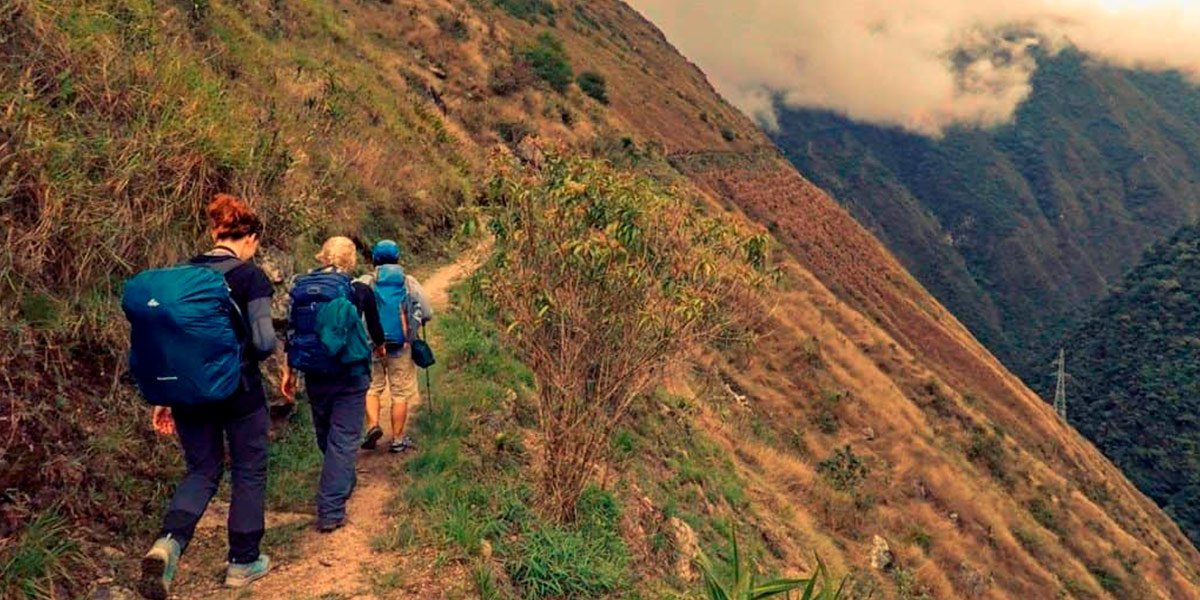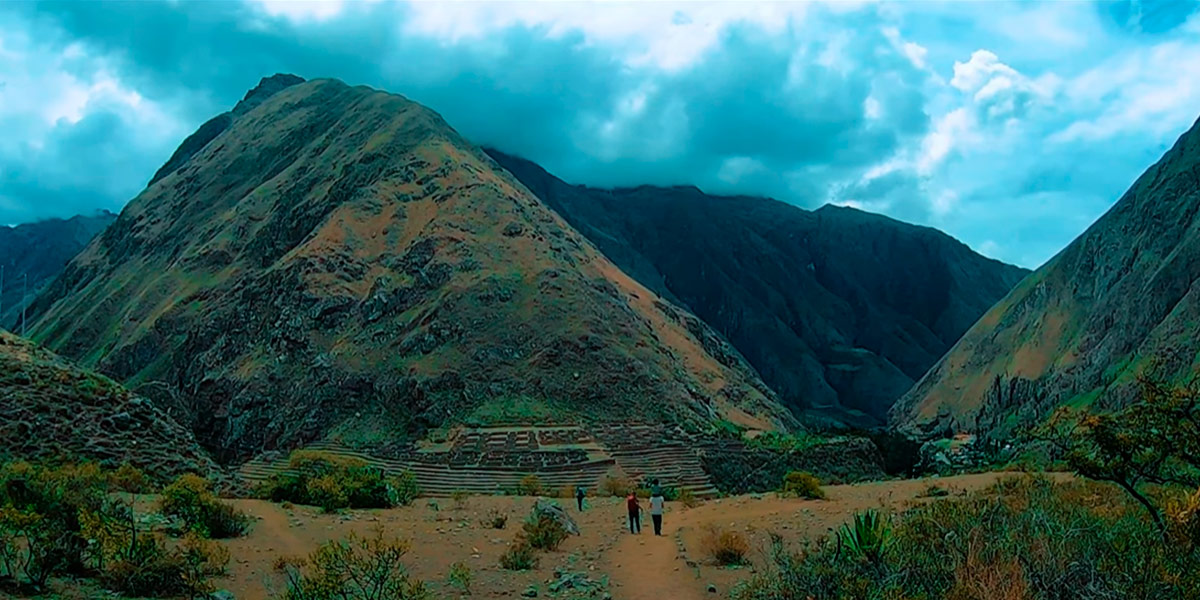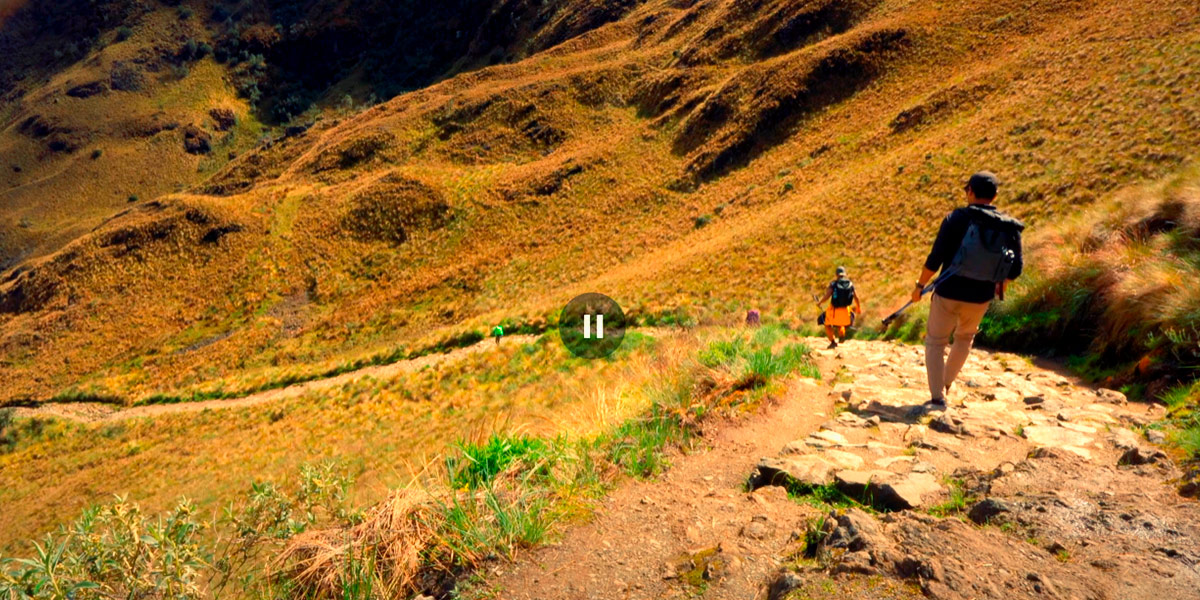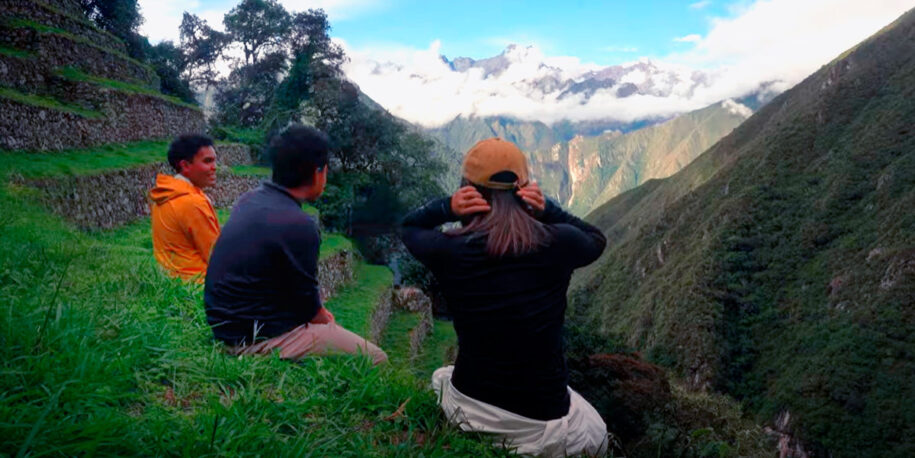The Inca Trail is more than just a trek; it’s a transformative journey through history, nature, and personal endurance. Whether you’re an experienced hiker or someone looking for an adventure of a lifetime, this guide will provide you with everything you need to make your Inca Trail hike unforgettable.
What is the Inca Trail?
The Inca Trail is a legendary 4-day trek leading to the lost city of Machu Picchu. This ancient pathway was built by the Incas over 500 years ago and remains one of the most famous hiking routes in the world. Along the way, you’ll pass through diverse landscapes, breathtaking mountain vistas, lush cloud forests, and stunning archaeological sites that were once part of the Inca Empire.
More Information
- Distance: 26 miles (42 km)
- Duration: 4 days, 3 nights (other variations available)
- Highest altitude: 13,828 ft (4,215 m) at Dead Woman’s Pass
- Difficulty: Moderate to challenging
- Permit required? Yes, permits sell out months in advance
- Best time to hike: May to September (dry season)
How Difficult is the Trek?
The Inca Trail is considered a moderate to challenging trek due to its altitude, steep ascents, and long days of hiking. The toughest section is reaching Dead Woman’s Pass, the highest point of the trail, where the altitude and incline test even experienced trekkers. However, with proper acclimatization, training, and determination, anyone with reasonable fitness can complete the journey.
When is the Best Time for the Inca Trail?
The best time to hike the Inca Trail is during the dry season, which runs from May to September. The weather is more predictable, with clear skies and minimal rain. However, this is also peak tourist season, so permits sell out quickly. The rainy season (November to March) offers lush landscapes but makes the trail slippery and more challenging.

Hidden Secrets and Lesser-Known Facts About the Inca Trail
Most travelers think the Inca Trail is just about hiking through beautiful landscapes, but there are hidden aspects that make this journey even more fascinating. One little-known fact is that some sections of the trail are built with anti-seismic engineering techniques—yes, the Incas designed these paths to withstand earthquakes, which is why they are still intact today.
Another secret: as you walk along the trail, you’ll notice that some stones have small carved channels. These were likely used for ceremonial purposes, directing rainwater as offerings to the gods. If you pay close attention at certain viewpoints, you might also spot mysterious rock formations that resemble animals sacred to the Incas, like llamas and condors.
At night, far from city lights, the sky over the Inca Trail is spectacular. The Milky Way perfectly aligns with the Urubamba River, something that was highly significant to the Incas, who believed the river was a mirror of the cosmos. If you camp at Wiñay Wayna, don’t miss the chance to stargaze—some travelers say it’s a spiritual experience.
Risks and Challenges You Should Be Aware Of
While the Inca Trail is an unforgettable experience, it’s important to be aware of potential risks. One of the biggest challenges is altitude sickness (soroche). Even fit hikers can experience headaches, nausea, or dizziness at higher elevations. The best way to prevent this is by acclimating in Cusco for at least two days before starting the trek, drinking plenty of water, and avoiding alcohol.
Another issue that surprises many hikers is how physically demanding the second day is. Dead Woman’s Pass (Warmiwañusca) reaches an altitude of 4,215 meters (13,828 feet), and the ascent can be brutal if you’re not prepared. This is the point where many trekkers question their decision to take on the trail. The key? Take it slow, breathe deeply, and use trekking poles to ease the strain on your knees.
Blisters and knee pain are other common problems. The steep stone steps, especially on the descent from Phuyupatamarca, can be tough on your joints. Proper hiking boots, thick socks, and occasional stretching breaks will help prevent injuries.
A risk few people talk about is the unpredictable weather. Even in the dry season, sudden downpours can occur, turning the trail into a slippery challenge. A lightweight rain jacket is essential.
Finally, wildlife encounters are rare but possible. The trail is home to spectacled bears, venomous spiders, and even pumas (though they avoid humans). Always check your boots in the morning to make sure no insects have crawled inside overnight.

Inca Trail tours to Machu Picchu
If you’re planning to trek the Inca Trail this year, choosing the right tour is crucial. Different options are available depending on your experience level, time availability, and interests.
Classic Inca Trail (4 Days, 3 Nights)
This is the most popular route, offering the full experience of the Inca Trail with breathtaking landscapes, ancient ruins, and a grand entrance to Machu Picchu through the Sun Gate.
Short Inca Trail (2 Days, 1 Night)
Perfect for those who want to experience the Inca Trail but have limited time. This option skips the more challenging sections while still offering the iconic arrival at Machu Picchu.
Inca Trail & Salkantay Combo
For those seeking a longer, more immersive adventure, this trek combines the Inca Trail with the rugged beauty of the Salkantay Trek, a high-altitude route with stunning mountain views.
6 Essential Tips for Hiking the Inca Trail Like a Pro
- Train Before You Go – Strengthening your legs and improving your stamina will make the trek much easier. Focus on long hikes, stair climbing, and endurance training.
- Acclimate to the Altitude – Arrive in Cusco at least two days before your trek to adjust to the elevation. Consider short hikes or visiting the Sacred Valley to prepare your body.
- Pack Smart – Bring lightweight, breathable clothing, a good pair of hiking boots, a warm sleeping bag, and a high-quality rain jacket.
- Stay Hydrated and Eat Well – Drink plenty of water and eat nutritious meals to maintain your energy levels.
- Go Slow and Enjoy the Journey – The trek is not a race. Take your time to absorb the stunning scenery and ancient ruins along the way.
- Respect the Environment and Local Culture – Follow Leave No Trace principles, respect local communities, and support ethical tour operators.

How to Book the Inca Trail for this year
Quick Steps to Secure Your Permit
- Choose a Licensed Tour Operator – Independent hiking is not allowed, so you must book through a registered tour company.
- Check Availability – Permits sell out months in advance, especially for peak season (June-August).
- Provide Your Passport Details – Your permit is linked to your passport, so make sure your documents are valid.
- Pay the Deposit – Most agencies require a deposit to secure your spot.
- Prepare for the Adventure – Start training, plan your gear, and get ready for an unforgettable experience!
Smart Tips to Make Your Inca Trail Experience Even Better
- Choose the right month: The dry season (May–September) offers the best conditions, but it’s also the busiest. If you want fewer crowds, consider trekking in April or October.
- Wake up before sunrise on the last day: Most groups leave Wiñay Wayna at 4:00 AM to reach the Sun Gate for sunrise. However, the real magic happens a bit later—when the first light hits Machu Picchu around 7:00 AM, revealing the ruins in a golden glow.
- Bring coca leaves: Not only do they help with altitude sickness, but local porters and guides appreciate them as gifts.
- Learn a few Quechua words: Saying “Allin p’unchay” (Good morning) to your porters in their native language shows respect and appreciation.
- Don’t overpack: Many trekkers regret carrying too much. Keep your essentials light and let your tour company handle the rest.
Permits and Booking Information
Permits for the Inca Trail are limited and sell out months in advance, especially for peak season. Booking at least six months ahead is highly recommended. Only registered tour operators can obtain permits, ensuring regulated tourism and preservation of the trail.

FAQs About the Inca Trail
How Long Does the Trek Take?
The classic Inca Trail is a 4-day trek, but shorter and alternative routes are available.
Can I Hike Without a Guide?
No. The Peruvian government requires all hikers to be accompanied by a licensed tour guide.
Is Altitude Sickness a Concern?
Yes, especially for those coming from low-altitude areas. Acclimatizing in Cusco before the trek is highly recommended.
What’s the Best Alternative to the Inca Trail?
If permits are sold out, consider the Salkantay Trek, Lares Trek, or Choquequirao Trek, which also offer incredible landscapes and fewer crowds.

